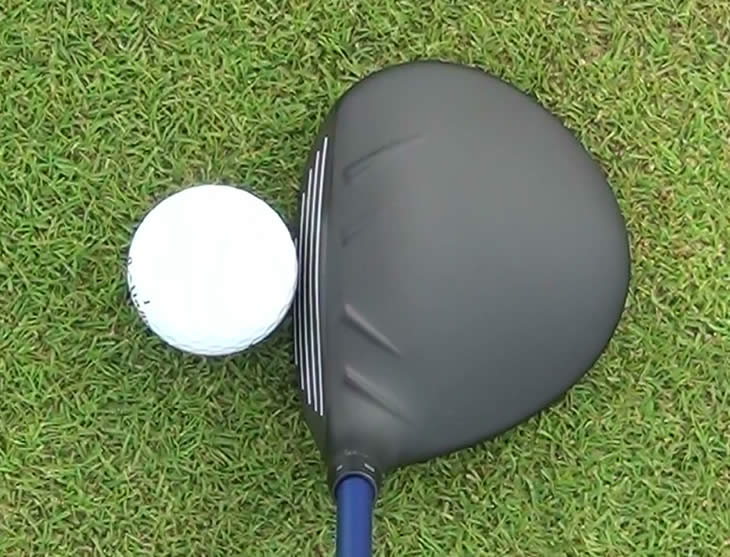
How To Adjust Ping G30 Driver Loft Settings
The Most Frequently Asked Question If you read through the thousands of comments that have been posted on PluggedInGolf.com, you’ll notice a few themes – people thanking us for our informative reviews, people telling us our reviews are crap, and people asking for recommendations – but the most frequently asked question is, “How do I adjust my driver?” With that in mind, I thought I’d write a full length explanation of how adjustable drivers work and how you can get the most out of them. This Lesson Is For You If: You have an adjustable driver You aren’t sure how to adjust it Hosel Adjustments – Loft, Lie, and Face Angle Loft and Face Angle When TaylorMade launched the R9 family of drivers, they talked about hosel adjustments in terms of left and right, i.e. Race 2 all mp3 ringtone download. Closing or opening the club face. Six years later, the conversation has changed to adjusting loft. Here’s what you need to understand: adjusting the loft means changing the face angle and vice versa.
Ping g25 settings Golf Monthly. You will be banned without warning for any homophobic or racist The shaft was specifically developed for the G25 driver and even at setup, gives you a confident Mainly because more loft meant more backspin and the straighter my adjusting ping g25 flew at any. Ideal for customizing the swingweight and feel of the Ping G30 drivers, the Ping G30 head weights are offered in 8g, 10g, 12g, 14g and 16g weight options. Each weight comes with a replacement screw. Fits the G30, G, G SF-Tech and LS-Tech Drivers and fairways.
Here’s the simple version of the loft/face angle relationship: When you add loft, you are closing the face. When you remove loft, you are opening the face This is counterintuitive, but if you experiment with your own adjustable driver you’ll see that it’s correct. Set the driver to the highest loft and you’ll see a closed face.
Set it to the lowest loft and the face will be open. For those interested in the “why,” here it is: the driver you bought only has one loft. If it’s a 10 degree driver, it will always be 10 degrees, no matter how you twist it. By twisting it (changing the face angle), however, you are taking what was a 10 degree driver with a square face and making it a 10 degree driver that is, for example, 2 degrees closed. Now, to get that face square at impact, you need to open that 10 degree driver a couple degrees, thus adding loft. Lie Angle The adjustment that most manufacturers have, but few talk about, is lie angle.
Instead of calling it a lie angle adjustment, most manufacturers talk about fade, neutral, or draw settings. This is code for making the lie angle flatter, neutral, or more upright, respectively. PING Ping’s G30 adapter is fairly straightforward: there’s a circle which indicates that the club face is square and has the stated loft. Then there are big and small plus and minus signs indicating that you can add or subtract 0.6° or 1.0° of loft. Remember, when you add loft, the face closes; when you subtract loft, the face opens. Cobra True to their “golf should be fun” ethos, Cobra has the simplest, best-labeled adapter on the market. Each loft is clearly labeled, and the one you select shows up in a window on the hosel.

The “Draw” settings indicated a more upright lie angle. Titleist Titleist has used the same adapter since they got into the adjustable driver game (yay!), but it requires a reference card to use it (boo!). It’s a two-ring adapter with four positions on each ring – 1,2,3,4 and A,B,C,D – allowing for a total of 16 settings. The loft adjustments range from subtracting 0.75° to adding 1.5°. The lie angle adjustments follow the same pattern.